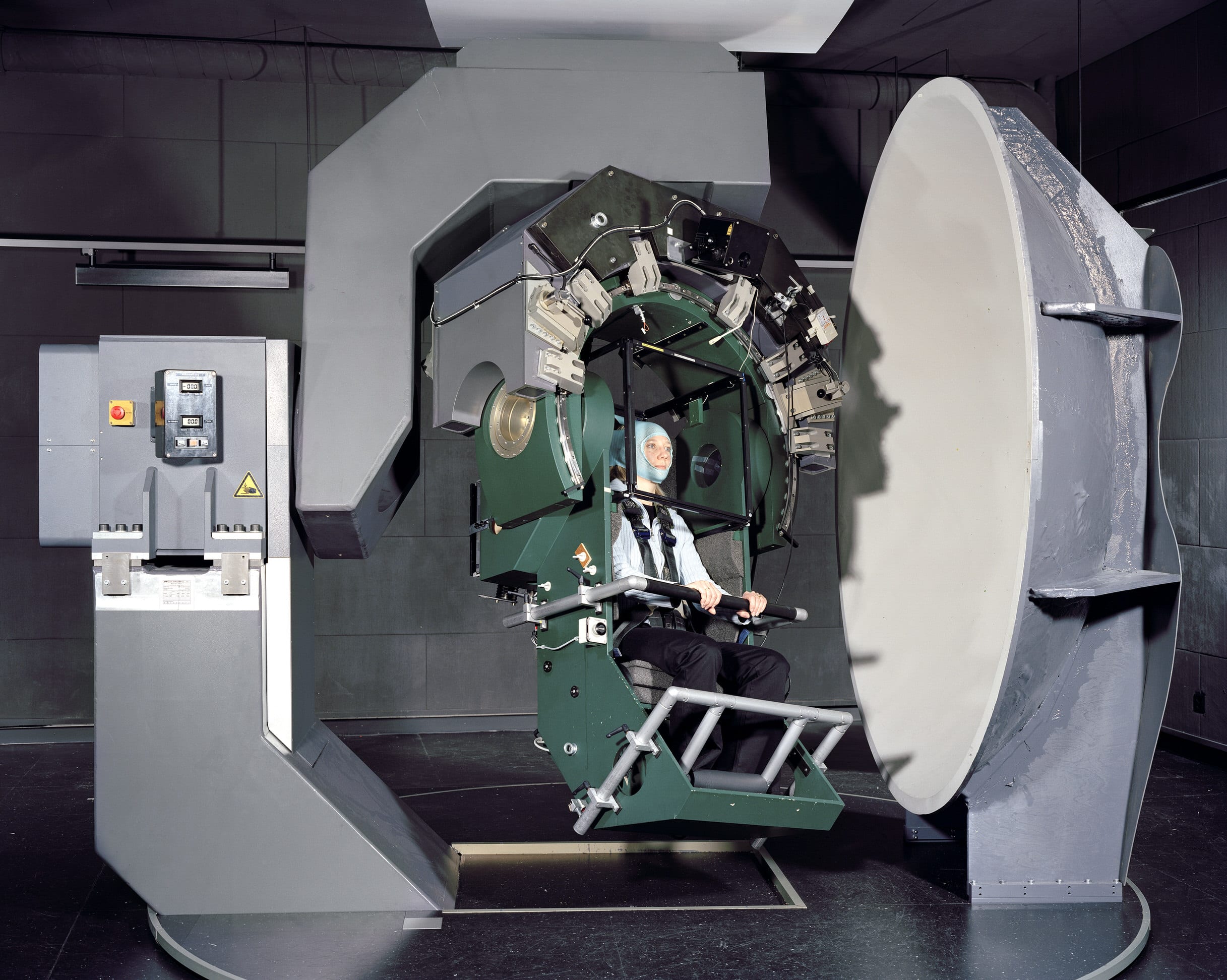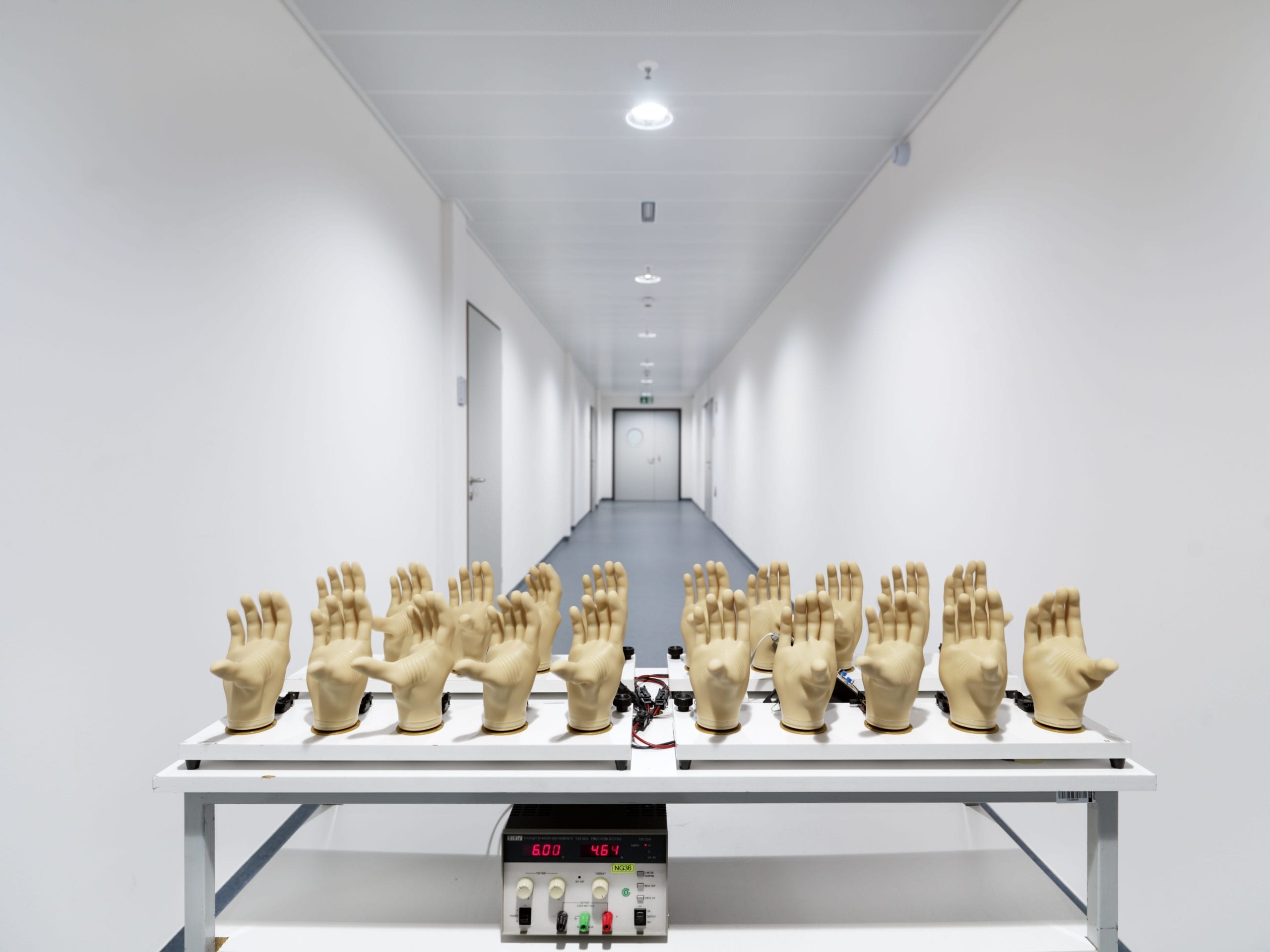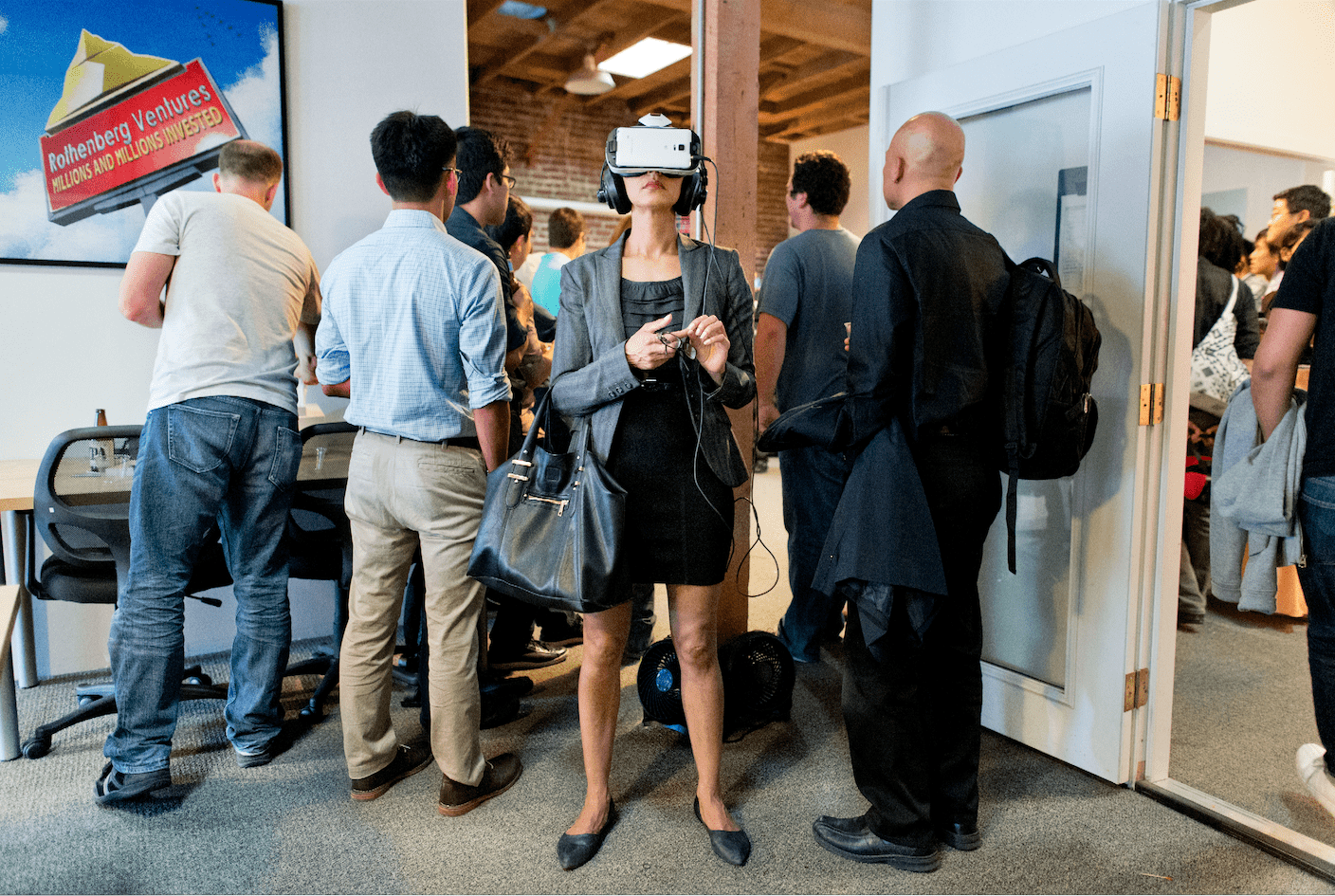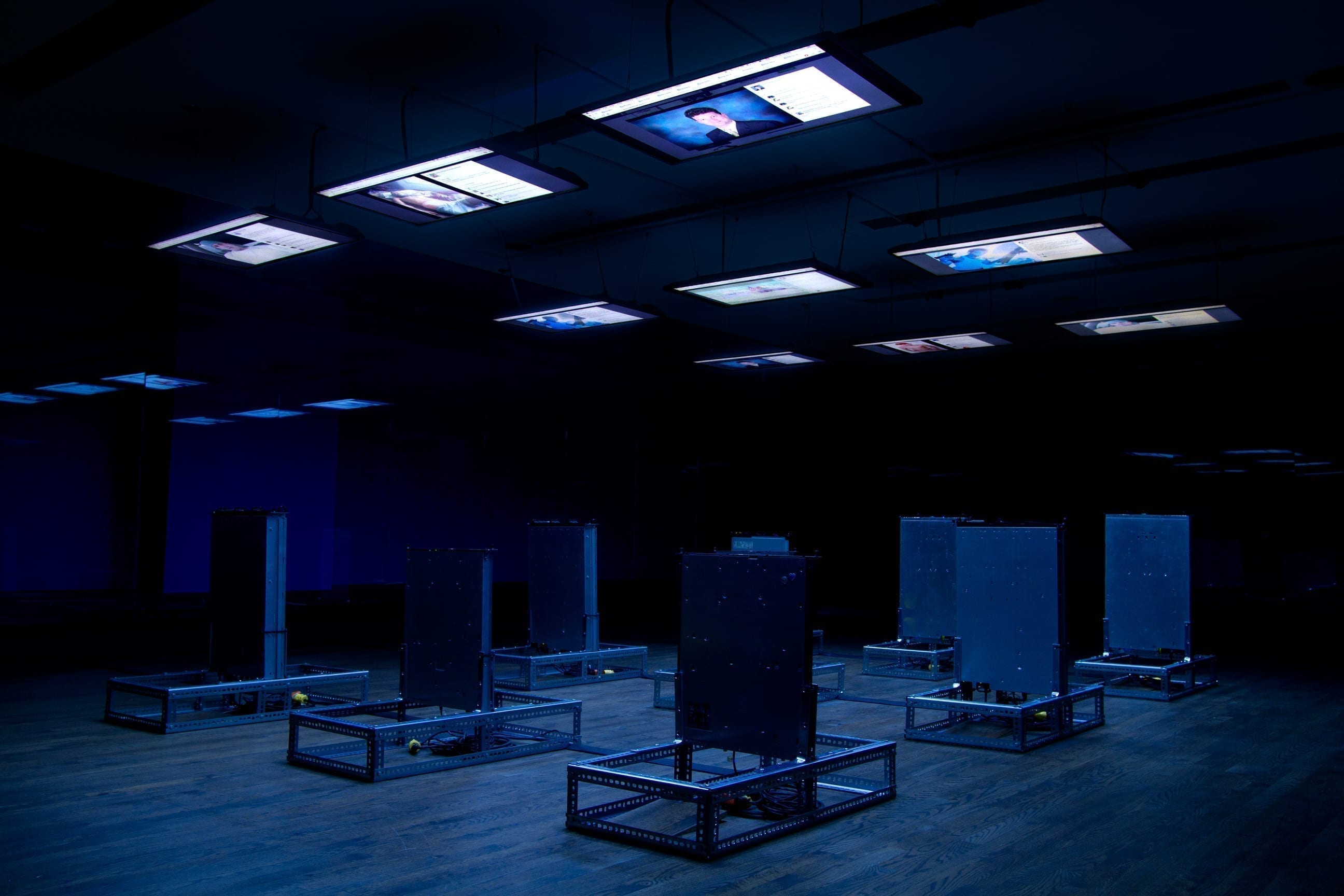The first new-look issue, our April edition is themed around science and technology, and our features this month focus on photographers exploring the vernacular and characters that inhabit these most modern of industries.
Michael Benson, whose remarkable exhibition of space imagery is on show at the Natural History Museum in London, tells Tom Seymour of the “audacious, utterly consequential story” that has made our nearest planetary neighbours tangibly, visibly manifest.
“When the internet arrived in the 1990s, I saw an opportunity to actually see all of the images NASA were making available, rather than the handful the gatekeepers in the image-based magazines were choosing.”

“I am interested in the experiment, the idea of work that people do without any clear outcome. This constant loop of doing something, maybe failing and then starting again. That is exactly what we do as artists”

“It was the first time I had looked inside a machine. With the two doors open left and right, it appeared like a winged altar… It was like touching a secret that I could not understand.”

Laura Morton chronicles the ‘commune-like’ bubble of the new crop of young tech entrepreneurs in San Francisco Bay, living, working and socialising together – hoping to become the next Mark Zuckerberg.
“This sort of co-living, co-working lifestyle really appeals to introverts and loners… living and working in this environment also means instant friends. It makes life a lot easier for people who might otherwise have trouble putting themselves out there and meeting people.”

“People very consciously construct their online identity. The images they post represent the choices they’ve made… What we’re interested in is unravelling those preferences.”

